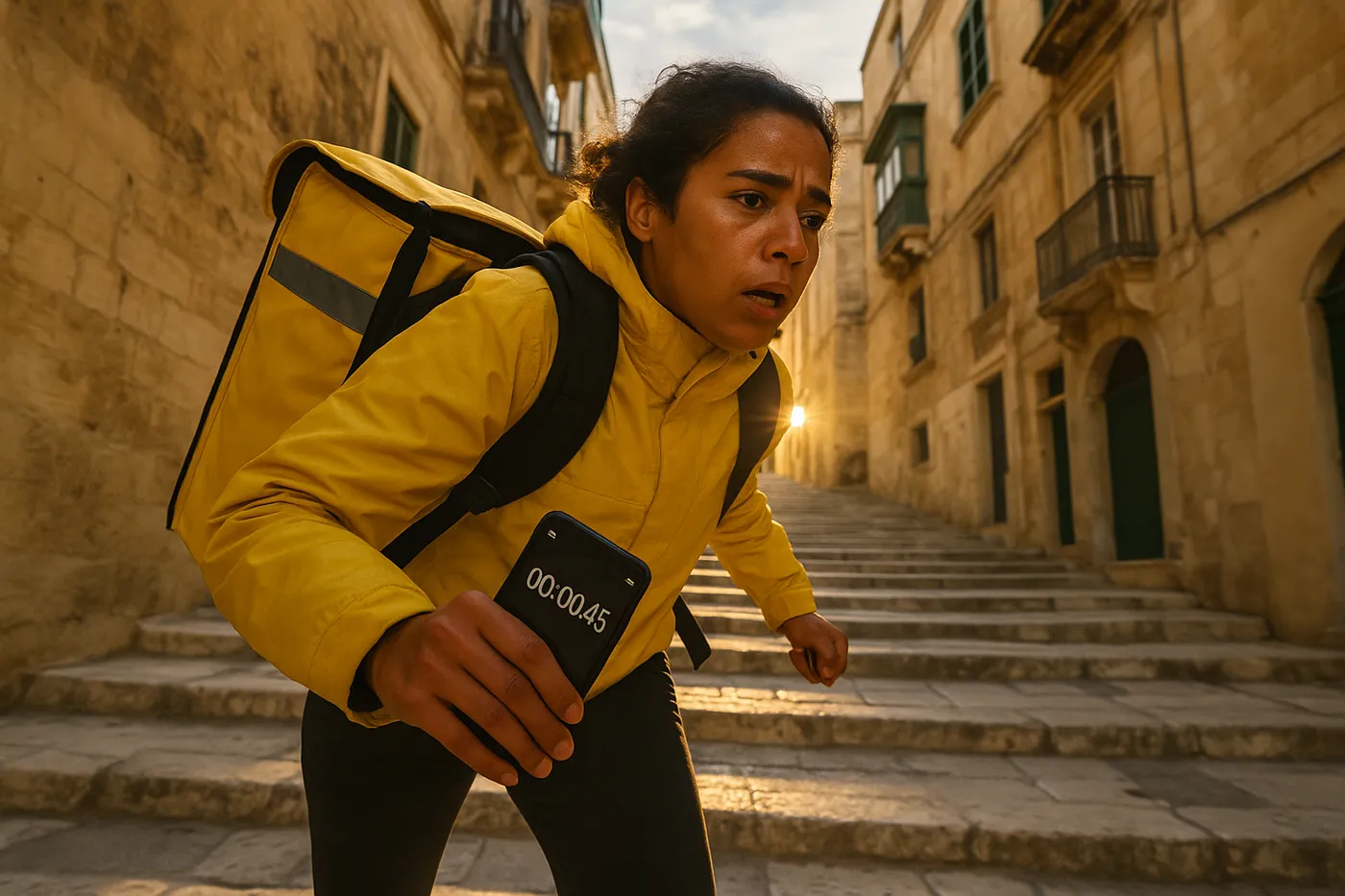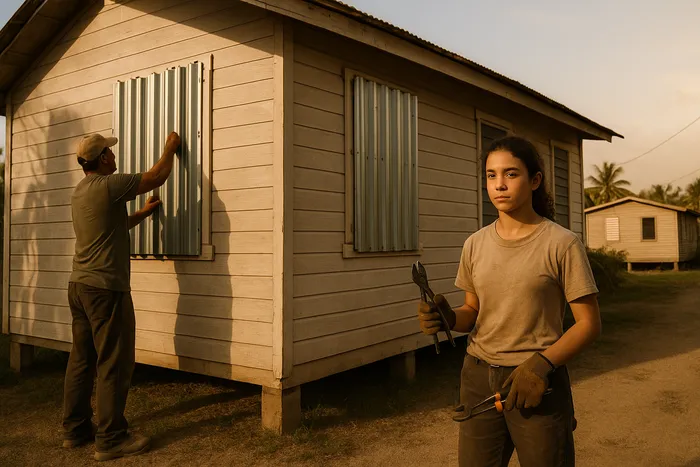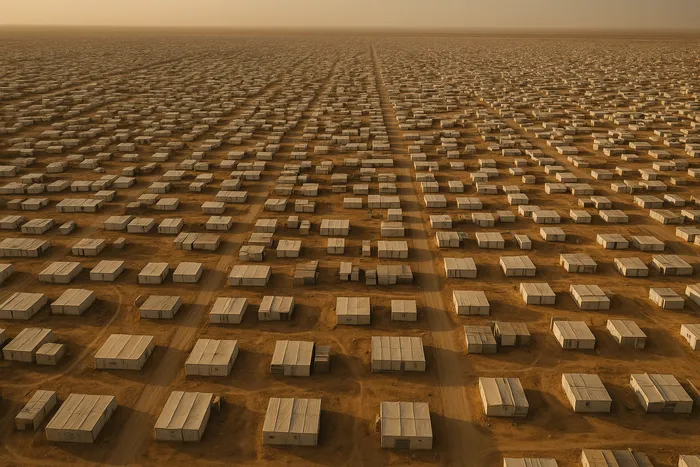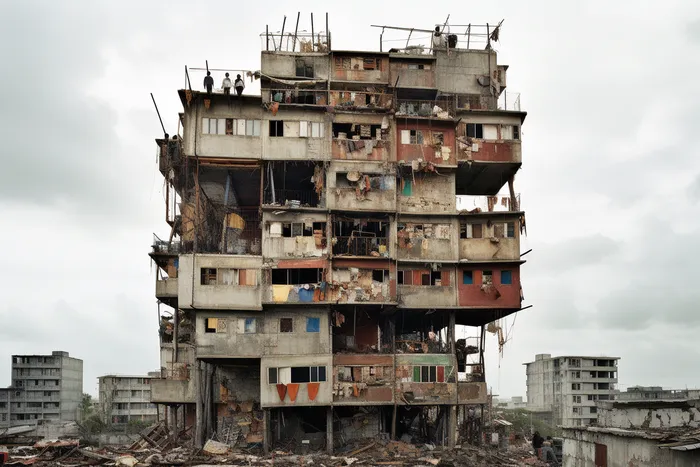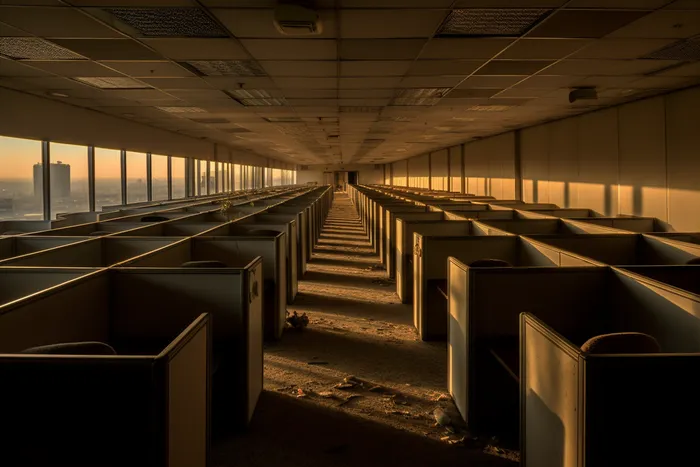Heat Islands
When 2024 became the hottest year on record, crossing the critical 1.5°C threshold that scientists had warned about for decades, the heat did not fall equally. In the sprawling concrete expanses of Mexico City, Mumbai, and Phoenix, temperature differences of up to 15 degrees Celsius separated neighborhoods just kilometers apart. Air conditioning hummed behind sealed windows in glass towers while children sought relief in fire hydrant spray three blocks away. This is the geography of climate inequality - where your address determines your survival, and adaptation is a luxury not everyone can afford.
The term "heat island" describes both a meteorological phenomenon and a social reality. Urban areas trap heat in concrete and asphalt, creating zones significantly hotter than surrounding areas. But these islands of extreme temperature overlap almost perfectly with islands of economic vulnerability, creating a double burden where those least equipped to adapt face the most severe climate impacts. Rodriguez's camera reveals this invisible architecture of inequality, documenting how communities navigate record heat with limited resources while showing the profound creativity and solidarity that emerges from necessity.
This series captures seven moments across multiple cities during 2024's unprecedented heat waves, when temperature records weren't just numbers on weather reports but lived experiences that reshaped daily routines, work patterns, and community relationships. Each frame reveals how climate change manifests not as a distant environmental crisis but as an immediate social justice issue, where thermal privilege and economic privilege align with devastating precision.
Through intimate documentation of community adaptation strategies, Rodriguez shows that climate resilience isn't just about technology or infrastructure - it's about human relationships, shared resources, and the ways communities care for their most vulnerable members when systems fail. These images serve as both evidence of climate inequality and testimony to human ingenuity in the face of environmental crisis.
Image Captions
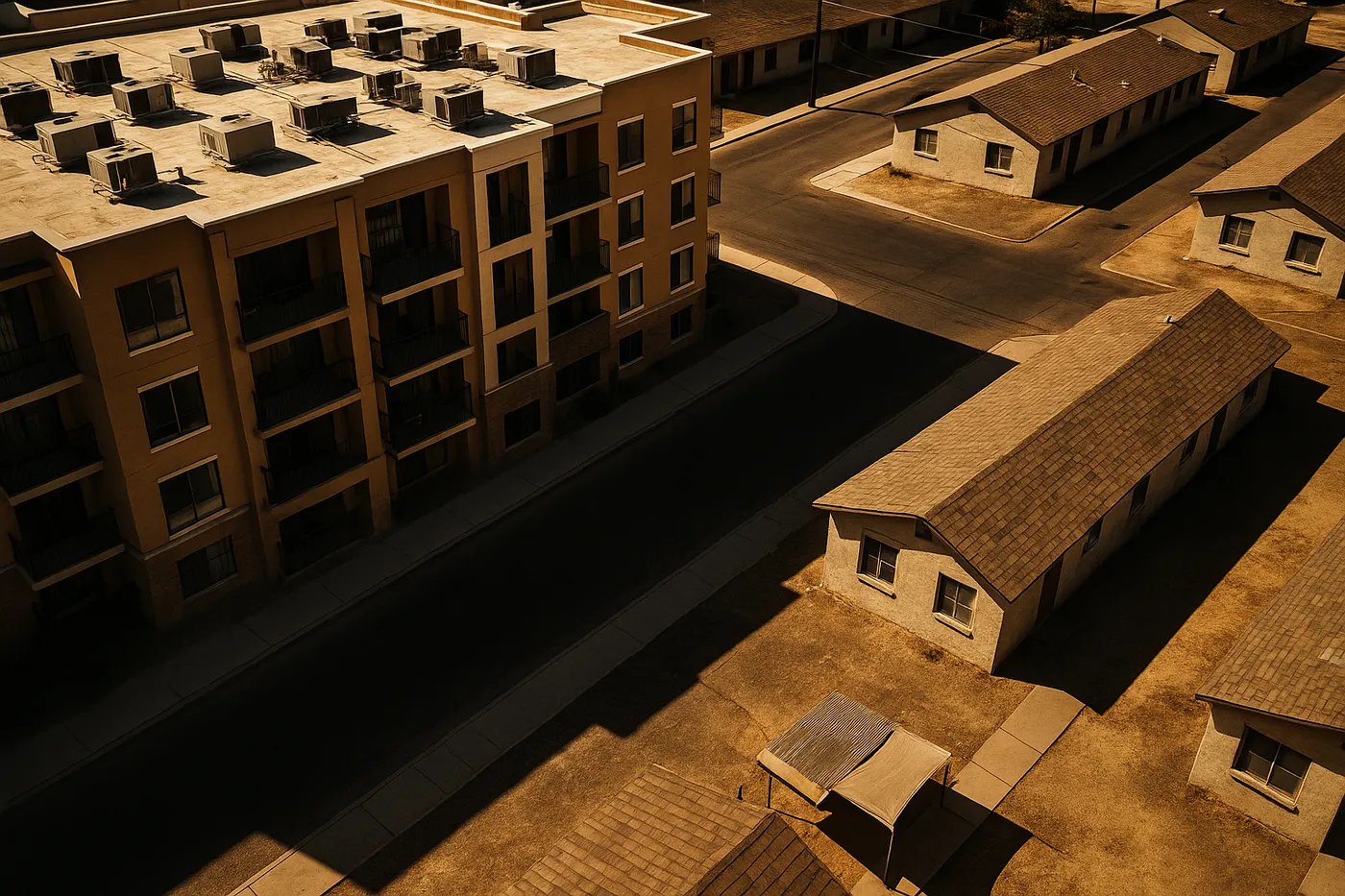
Photo 1: The Divide
Location: Phoenix, Arizona - July 2024**
A stark aerial composition reveals the sharp boundary between two worlds during a record 118°F day. Luxury condominiums glisten with the metallic sheen of industrial-scale air conditioning units, their rooftops a forest of cooling machinery that hums with constant electricity consumption. Fifty meters away, an apartment complex built for working families bakes under identical sun, its residents visible through open windows, creating makeshift shade with bedsheets and tarps. The temperature differential between these neighboring buildings measures 8 degrees Celsius - the difference between uncomfortable and dangerous. This single frame encapsulates how climate adaptation has become a privilege, revealing the thermal inequality that defines modern urban heat survival.
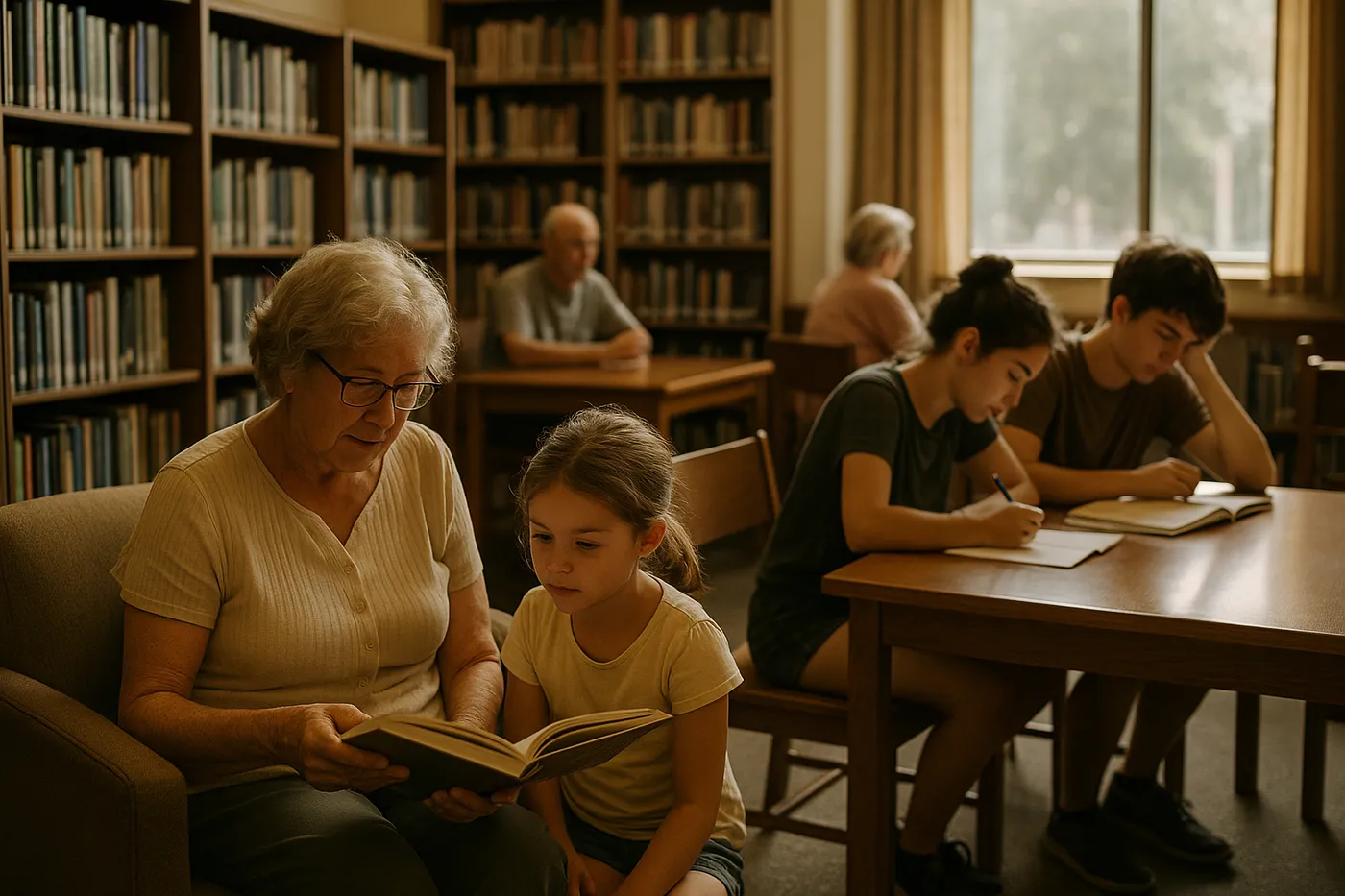
Photo 2: Community Cooling
Location: Mexico City - August 2024**
Inside the Biblioteca Central during the city's hottest day on record, three generations find refuge from 42°C streets. Grandmother Elena cradles her granddaughter while teaching her to read, surrounded by teenagers studying for university exams and day laborers resting between shifts. The library has become an informal cooling center, its air conditioning turning public space into community sanctuary. Children spread homework across cool marble floors while elderly residents claim chairs near air vents, creating an improvised geography of thermal relief. This quiet scene reveals how public infrastructure becomes essential climate adaptation resource, and how communities transform institutional spaces into networks of mutual care during environmental crisis.
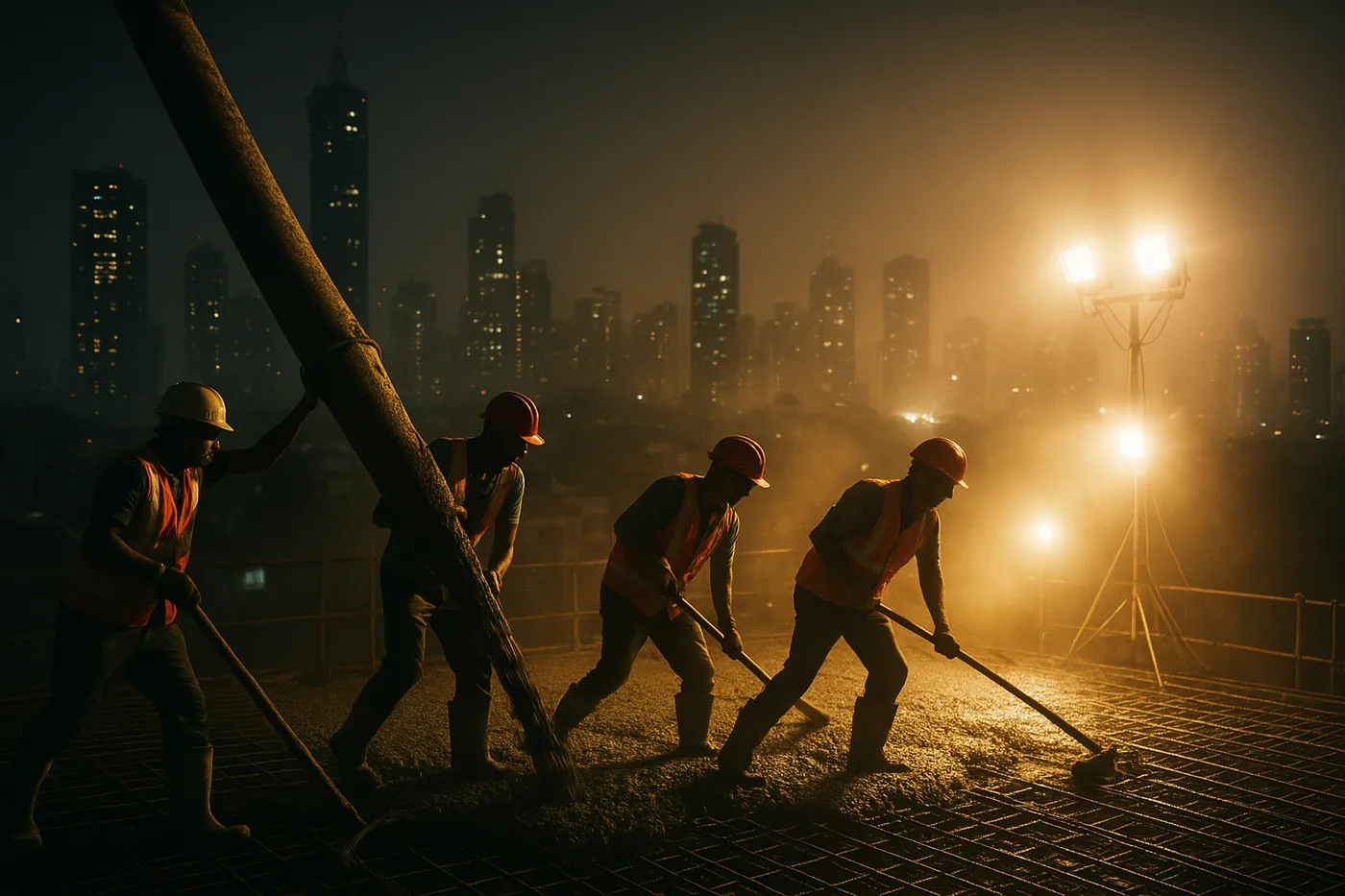
Photo 3: Night Shift
Location: Mumbai, India - June 2024**
Construction workers pour concrete at 3 AM, their headlamps cutting through humidity-thick darkness as the city attempts to sleep through another record-breaking heat wave. When daytime temperatures reached 47°C, Mumbai's construction industry shifted entirely to nocturnal schedules, transforming the urban economy around thermal survival. The workers move with practiced efficiency, racing to complete foundation work before dawn brings dangerous heat. Floodlights illuminate rebar and cement mixers while the distant skyline shows apartment buildings where air conditioners glow like stars. This economic adaptation reveals how record heat doesn't just affect comfort - it fundamentally reshapes labor patterns, work schedules, and the rhythm of urban life.
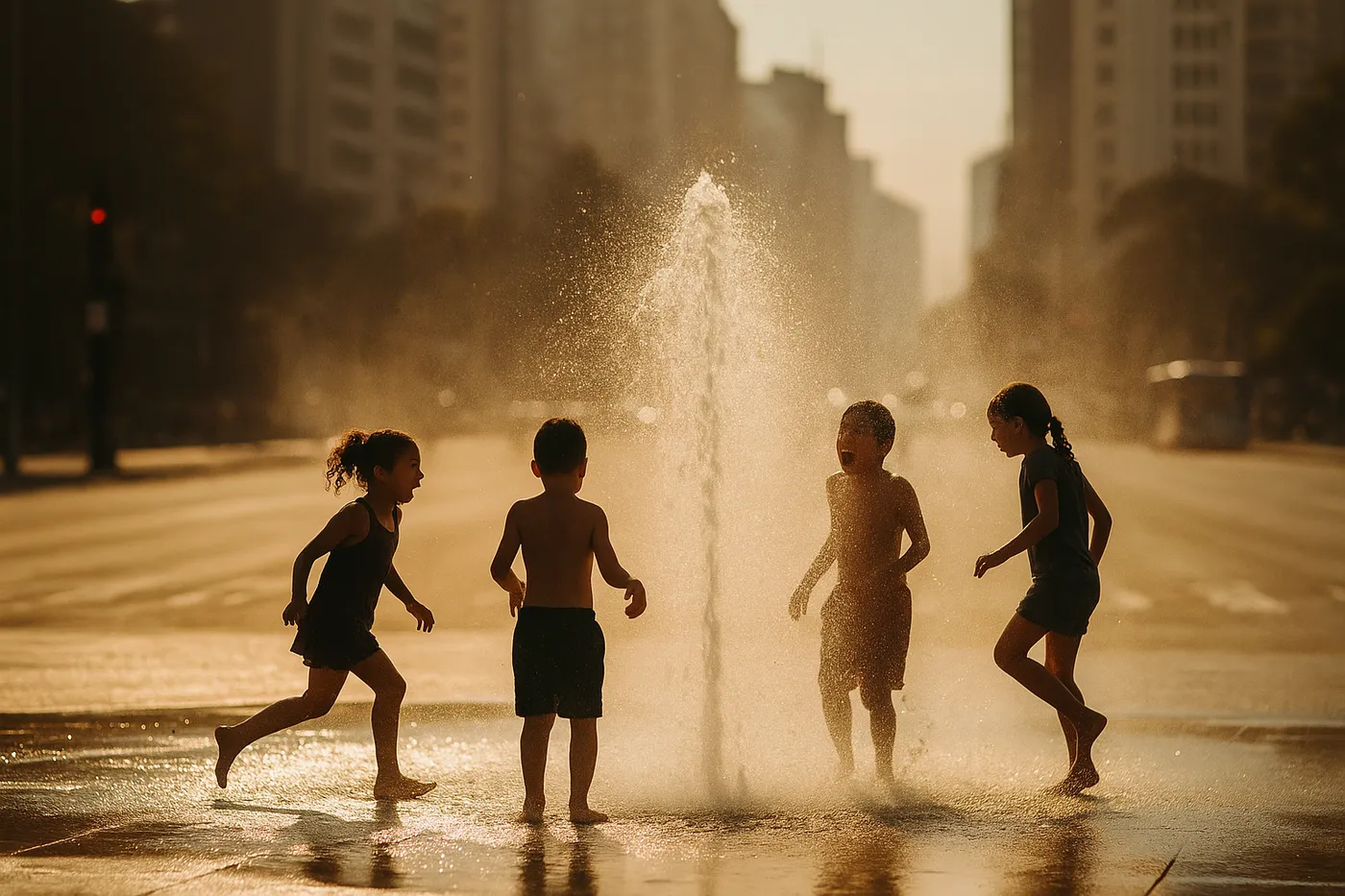
Photo 4: Urban Oasis
Location: São Paulo, Brazil - September 2024**
Children leap through fountain spray in Praça da República as concrete radiates heat at 45°C, creating a micro-oasis where water meets asphalt during Brazil's hottest spring on record. The fountain, designed for decoration, has become essential climate infrastructure as families migrate here during peak heat hours. Parents watch from whatever shade they can find while children create elaborate games around water access, their laughter mixing with the sound of evaporation. The surrounding buildings loom like canyon walls, their glass facades amplifying heat while the small circle of fountain spray provides the only relief for blocks. This scene captures how communities repurpose urban amenities for climate survival, turning ornamental infrastructure into essential cooling resources.
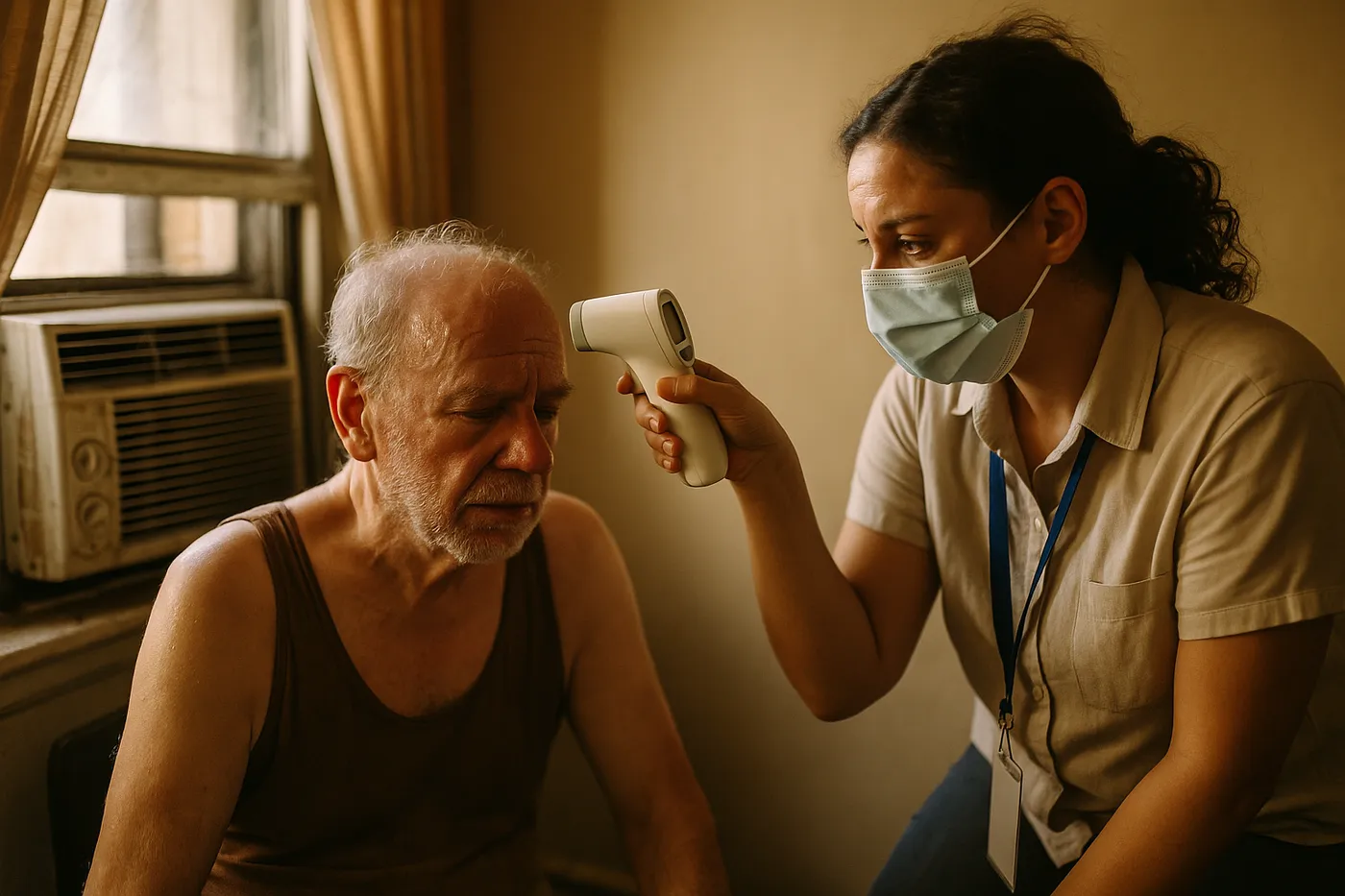
Photo 5: The Measurement
Location: Phoenix, Arizona - July 2024**
Community health worker Maria checks the temperature of 78-year-old Roberto during an extreme heat warning, her digital thermometer showing 102.5°F as she documents heat-related health impacts in an underserved neighborhood. Behind them, a window unit air conditioner stands silent - disconnected to avoid electrical bills that compete with medication costs. Roberto's apartment registers 96°F inside while temperatures outside climb toward 115°F, creating dangerous conditions that health workers monitor building by building. Maria's notebook tracks vital signs alongside heat exposure data, documenting how record temperatures translate into community health crisis. This intimate moment reveals the human cost of thermal inequality and the crucial work of heat adaptation at the household level.
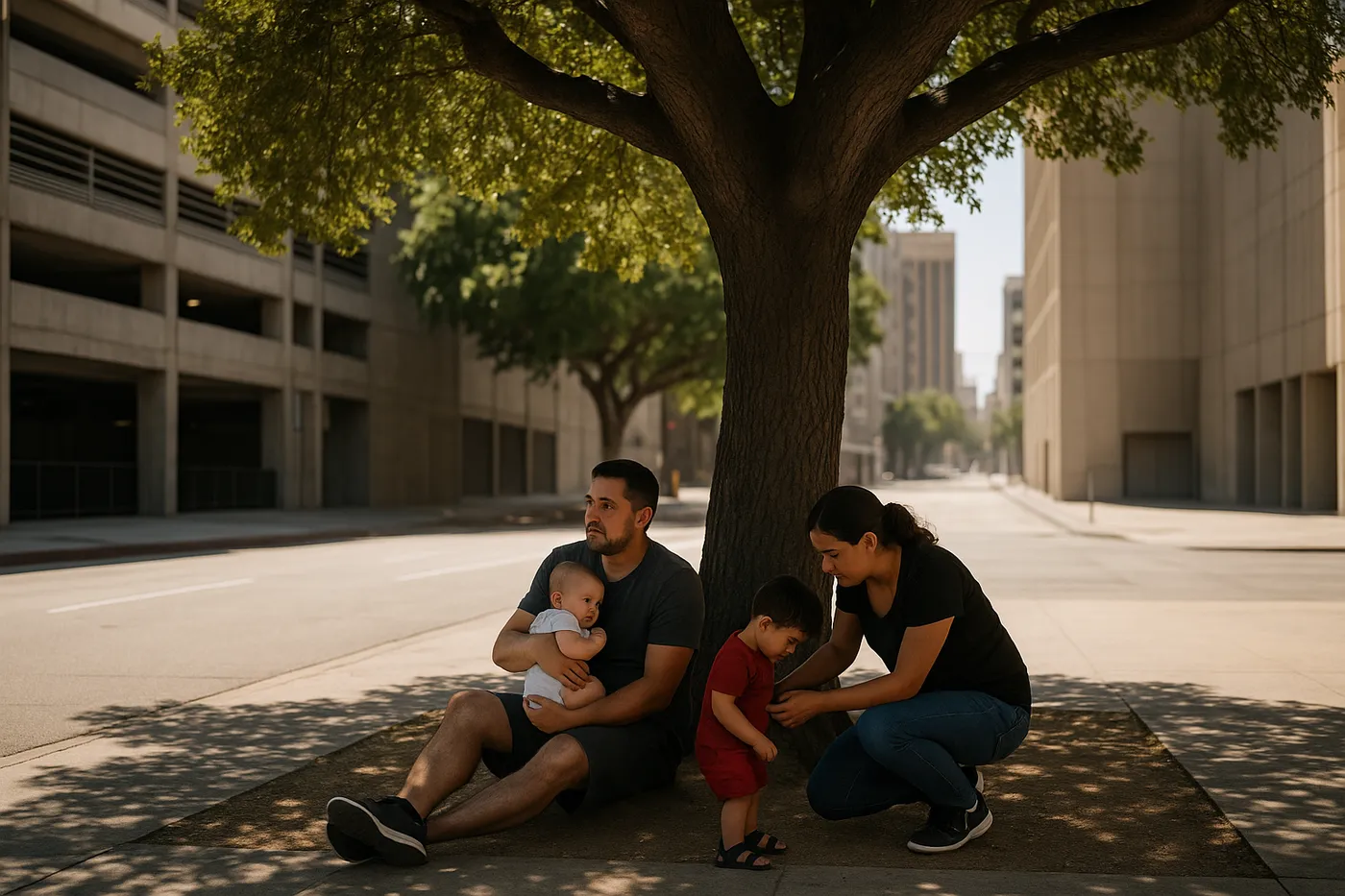
Photo 6: Green Refuge
Location: Los Angeles, California - September 2024**
The Martinez family clusters in the shade of an ancient oak tree, one of the last remaining specimens in their densely developed East LA neighborhood, as pavement temperatures reach 150°F during a record heat dome. The tree canopy creates a measurable 15-degree temperature difference from the surrounding concrete, transforming this small patch into essential thermal refuge. Father José holds baby Carmen while mother Ana feeds their 4-year-old son fresh fruit, creating a scene of normalcy within environmental crisis. Around them, the neighborhood stretches in heat-amplifying concrete while their tree stands as living climate infrastructure. The image reveals how urban green space becomes critical survival resource and how climate adaptation depends on preserving natural cooling systems within built environments.
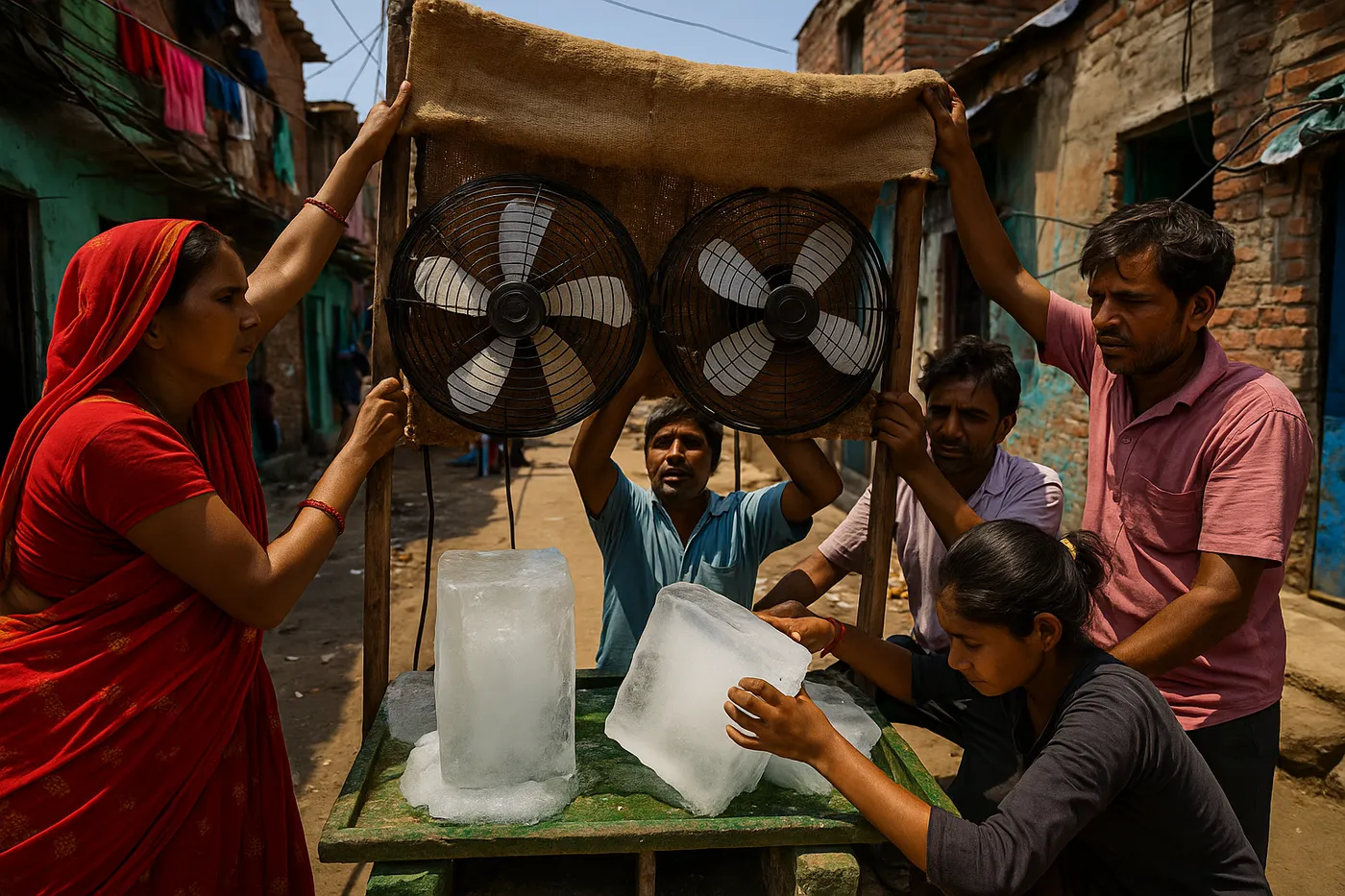
Photo 7: Adaptation Architecture
Location: Delhi, India - May 2024**
In the Yamuna Pushta settlement, residents construct an elaborate cooling system using wet burlap, metal fans, and shared ice blocks as temperatures soar to 47°C during India's most extreme heat wave. Neighbors collaborate to string damp cloth between buildings, creating evaporative cooling corridors that drop temperatures by several degrees. Women take turns operating hand fans while children sleep on elevated cots designed to catch any breeze. Ice vendors become essential infrastructure, their bicycles carrying frozen relief through narrow lanes. The scene reveals extraordinary community engineering - how residents without access to conventional cooling systems innovate thermal adaptation through shared resources, indigenous knowledge, and collective problem-solving that rivals high-tech climate solutions.
Photo Generation Prompts
Photo 1: The Divide
Aerial drone shot showing stark contrast between luxury apartment building with visible rooftop air conditioning units and adjacent low-income housing complex with open windows and makeshift shade, Phoenix Arizona during extreme heat wave, bright harsh sunlight creating strong shadows, shot on Canon EOS 5D Mark IV with 24mm f/11 lens, high contrast composition emphasizing inequality, documentary style with crisp detail, burning asphalt and concrete textures, award-winning photojournalism, World Press Photo style
Photo 2: Community Cooling
Interior of public library during heat wave with multiple generations finding refuge, elderly woman reading to young girl while teenagers study nearby, soft natural light from windows, shot on Canon EOS 5D Mark IV with 50mm f/5.6 lens, warm color tones despite cooling theme, documentary photography showing community solidarity, people of various ages using public space as cooling center, award-winning photojournalism, World Press Photo style
Photo 3: Night Shift
Construction workers pouring concrete at 3 AM under floodlights, Mumbai cityscape in background, high humidity and heat distortion visible, shot on Canon EOS 5D Mark IV with 35mm f/4 lens, dramatic lighting contrasts between work lights and city glow, workers in safety gear moving efficiently, urban heat adaptation through nocturnal labor, award-winning photojournalism, World Press Photo style
Photo 4: Urban Oasis
Children playing in decorative fountain spray with concrete plaza radiating heat waves, São Paulo Brazil, late afternoon harsh sunlight, shot on Canon EOS 5D Mark IV with 85mm f/1.4 lens, shallow depth of field isolating water play against urban heat, joyful moment amid climate crisis, heat distortion visible from concrete surfaces, award-winning photojournalism, World Press Photo style
Photo 5: The Measurement
Community health worker using digital thermometer to check elderly man's temperature in overheated apartment, broken air conditioner visible, intimate documentary moment, shot on Canon EOS 5D Mark IV with 50mm f/1.2 lens, natural window light creating warm tones, close-up composition emphasizing care and vulnerability, heat-related health monitoring, award-winning photojournalism, World Press Photo style
Photo 6: Green Refuge
Family seeking shade under large oak tree surrounded by concrete urban environment, Los Angeles heat wave, father holding baby while mother tends to toddler, shot on Canon EOS 5D Mark IV with 85mm f/1.4 lens, dappled light through tree canopy, environmental contrast between green shade and urban heat, family intimacy amid climate adaptation, award-winning photojournalism, World Press Photo style
Photo 7: Adaptation Architecture
Community cooling system made from wet burlap, fans, and ice blocks in informal settlement, Delhi India extreme heat, neighbors collaborating on evaporative cooling setup, shot on Canon EOS 5D Mark IV with 24mm f/8 lens, wide angle showing collective adaptation infrastructure, vibrant colors despite harsh conditions, innovative community engineering for heat survival, award-winning photojournalism, World Press Photo style
Photographer Portrait Prompt
Mexican woman in her early 40s with shoulder-length dark hair, wearing practical field clothing suitable for hot climate documentation, confident expression showing experience in challenging environments, natural lighting, professional portrait, photojournalist aesthetic, urban background suggesting community work context


